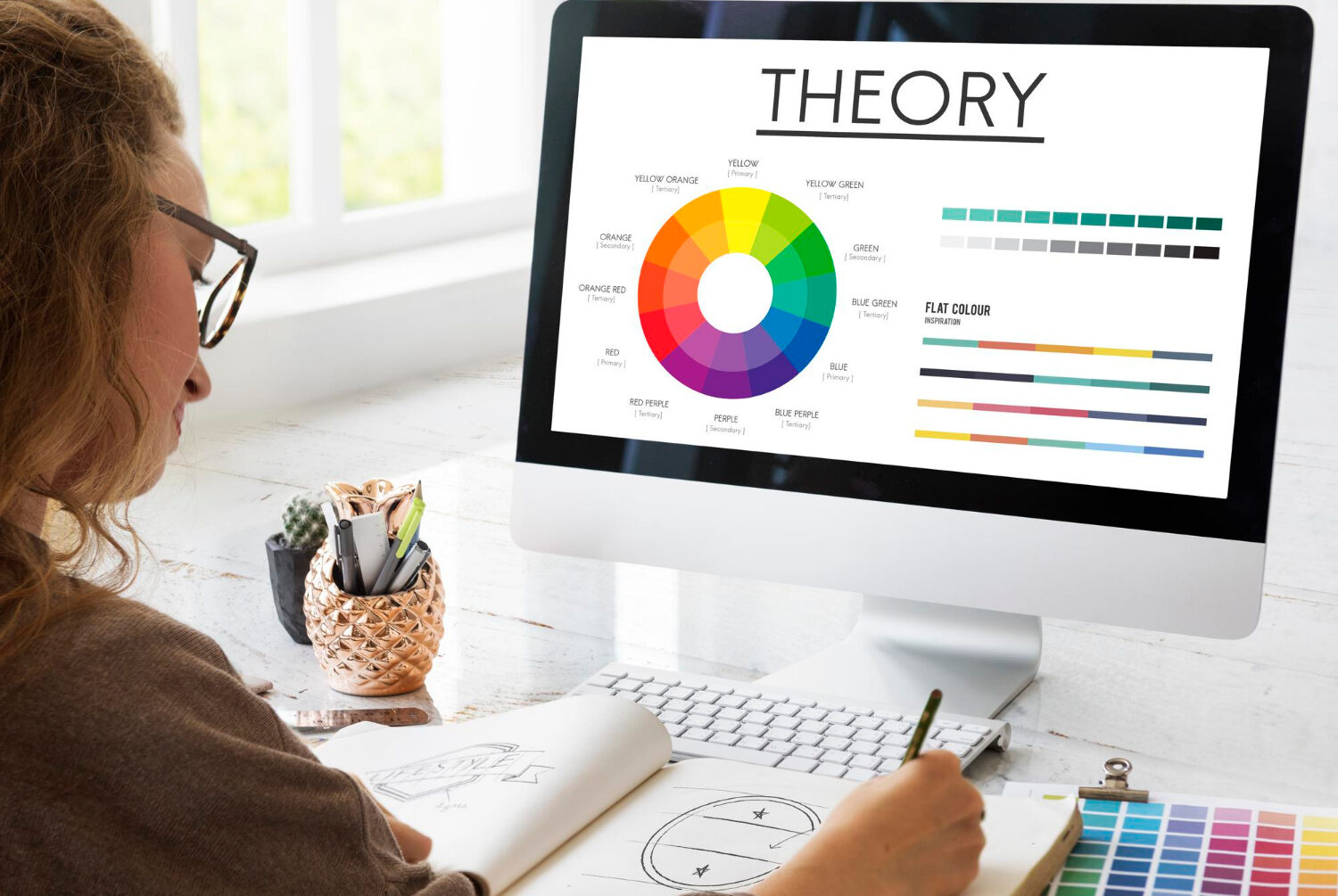In today’s highly competitive digital landscape, it has become imperative for businesses to create websites that not only attract visitors but also keep them engaged and lead them towards desired actions. One often overlooked yet incredibly powerful tool in achieving this is color psychology. Understanding how different colors can evoke emotions and influence user behavior is crucial for designing effective and captivating websites. In this comprehensive guide, we will explore the fascinating world of color psychology and how to leverage it in website design to create a visually stunning and high-converting online presence.
Table of Contents
The Power of Colors in Human Perception
Colors have a profound impact on our emotions and perceptions. Certain colors can evoke specific feelings, memories, and even cultural associations. For instance, warm colors like red, orange, and yellow are often associated with passion, energy, and warmth. On the other hand, cool colors like blue, green, and purple tend to evoke feelings of calmness, trust, and stability.
Understanding the Psychological Effects of Colors
Red:
- Red is a powerful and attention-grabbing color often associated with urgency, passion, and excitement. It can be used strategically to highlight important elements and call-to-action buttons on a website, encouraging users to take prompt actions.
Blue:
- Blue exudes trustworthiness, security, and professionalism. It is a popular choice for corporate websites and businesses aiming to establish a sense of reliability and credibility.
Yellow:
- Yellow is a cheerful and optimistic color that can create a sense of happiness and positivity. When used sparingly, it can add a vibrant touch to a website.
Green:
- Green symbolizes nature, growth, and tranquility. It is often used by environmentally conscious brands or businesses related to health and wellness.
Orange:
- Orange combines the energy of red and the cheerfulness of yellow. It is associated with enthusiasm, creativity, and ambition.
Purple:
- Purple is a color of luxury, creativity, and sophistication. It is often used by brands that want to convey a sense of exclusivity and elegance.
Applying Color Psychology in Website Design
Understand Your Brand Identity:
- Before delving into color selection, it’s crucial to understand your brand identity, target audience, and the message you want to convey. Your chosen colors should align with your brand’s personality and values.
Create a Harmonious Color Palette:
- Once you know your brand identity, create a harmonious color palette using a combination of primary, secondary, and complementary colors. A cohesive color scheme ensures visual consistency and a polished look.
Focus on Readability:
- While experimenting with colors can be exciting, it is essential to prioritize readability. High contrast between text and background is crucial to ensure that visitors can easily read the content.
Use Colors to Guide User Attention:
- Strategically using colors can direct users’ attention to specific elements on the website. For example, a bright call-to-action button contrasting with the rest of the page can attract clicks.
Consider Cultural and Contextual Factors:
- Be mindful of cultural differences when designing websites for a global audience. Colors may hold different meanings in various cultures, so research is crucial to avoid potential misunderstandings.
The Impact of Colors on User Experience
Colors have a direct impact on user experience and can influence how visitors interact with a website. Here are some ways colors can affect user experience:
Emotional Connection:
- By using colors that resonate with the emotions of your target audience, you can establish a deeper emotional connection with users, making them more likely to remember and revisit your website.
Brand Recognition:
- Consistent use of colors across your website and other branding materials can enhance brand recognition and make your business more memorable to users.
Conversions and Call-to-Actions:
- Carefully chosen colors for call-to-action buttons can significantly impact conversion rates. For instance, red or orange buttons often create a sense of urgency, driving users to complete a purchase or sign up.
User Engagement:
- An aesthetically pleasing color scheme can encourage users to spend more time on your website, exploring different sections and engaging with the content.
Visual Hierarchy:
- Colors can be used to establish a visual hierarchy, guiding users through the website and emphasizing essential information.
Case Studies: Successful Implementation of Color Psychology
To illustrate the power of color psychology in website design, let’s look at a few case studies of successful implementations:
Amazon:
- Amazon’s use of a vibrant and attention-grabbing orange “Add to Cart” button strategically encourages users to make purchases. The color choice is consistent across the website, building familiarity and trust with users.
Coca-Cola:
- Coca-Cola’s iconic red logo and packaging evoke feelings of happiness, excitement, and indulgence. The color has become synonymous with the brand and plays a significant role in its global success.
Apple:
- Apple’s clean and minimalist approach, primarily using white and gray, conveys a sense of elegance and simplicity. This choice aligns with the brand’s commitment to innovation and user-friendly design.
Incorporating color psychology in website design is a powerful and effective way to create an emotional connection with your audience, enhance user experience, and drive desired actions. By understanding the psychological effects of different colors and applying them strategically, businesses can elevate their online presence and outrank competitors.
Remember, every element of your website, including colors, should align with your brand identity and resonate with your target audience. Take the time to experiment with different color combinations, analyze user behavior, and make data-driven decisions to optimize your website’s performance.
FAQs
- Q: Can I use multiple color palettes on my website? A: While it’s best to maintain consistency with a single color palette, you can use different color schemes for specific sections to create visual hierarchy.
- Q: How do colors affect website accessibility? A: Colors play a role in website accessibility. Ensuring sufficient contrast between text and background is essential for users with visual impairments.
- Q: What emotions do warm colors evoke? A: Warm colors like red and orange evoke emotions like passion, energy, and excitement.
- Q: Should I use trendy colors for my website design? A: While incorporating trends can make your website feel fresh, it’s crucial to balance them with timeless colors to ensure longevity.
- Q: Can color psychology be applied to e-commerce websites? A: Absolutely! Color psychology is especially powerful in e-commerce, where it can influence purchase decisions and improve conversions.
- Q: Are there any industry-specific color preferences? A: Yes, certain industries often have associated color preferences. For example, healthcare websites tend to use calming and soothing colors.
- Q: What colors are commonly used for tech-related websites? A: Tech websites often employ sleek and modern color schemes, such as shades of blue and silver.
- Q: How do colors affect user engagement? A: Colors can influence how long users stay on a website and how they interact with its content. Engaging color schemes can encourage prolonged browsing.
- Q: Can I use black and white for a minimalist website? A: Absolutely! Black and white can create an elegant and minimalist look, but be sure to add accent colors for visual interest.
- Q: What emotions do cool colors evoke? A: Cool colors like blue and green evoke emotions like calmness, trust, and stability.




